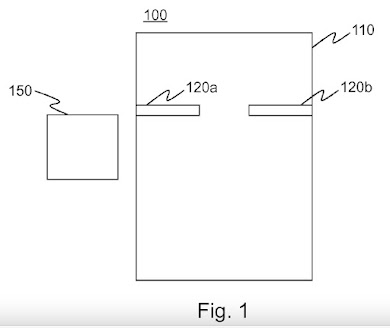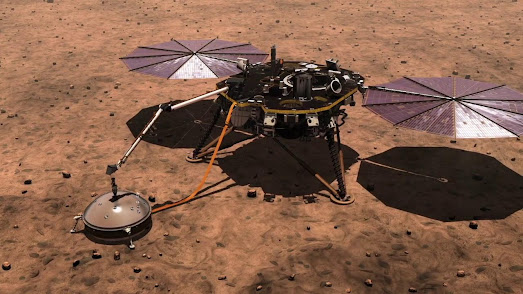Want to sleep better? Not alone in your bed? Beddit® was specifically designed for sleepers sharing beds, considering that other sleep trackers will pick up information from another person sharing the same bed.
The Beddit® monitor was designed as a very sensitive sensor strip that is placed on the mattress, rather than worn by individual users. Beddit® continuously sends the data it collects to a mobile device, via Bluetooth® connection,. In turn, the Beddit® app executes to analyze the data, in view of providing users with feedback, and tips on how to improve their sleep.
In particular, Beddit® provides users with feedback on whether they are meeting their sleep goals, for example, in terms of the amount of sleep and their bedtime. Beddit® also monitors the amount of time before falling asleep, user heart and breathing rates, during sleep; ambient room temperature and humidity, and the amount of time spent snoring, or out of bed. Users, for their part, are able to rate their sleep with a “morning feeling” rating. The collected data appears to users as results, viewable daily, or as trends. In turn, using suitable algorithms, the results are converted to indicators, for example, of good health, or of poor sleep, which are then returned to the user, in the form of tips.
In 2017, Apple purchased Beddit® from the Finnish company that designed the monitor. The Beddit® invention sensors, together with the Beddit® app, were granted several US utility patents. In particular, the US utility patent US11298075B2, titled Physiological Monitoring Method and System, was recently granted, on April 12, 2022, to the Finnish inventors, and assigned to Apple Inc.
The patent particularly addresses the issue of simultaneously monitoring the sleep physiology of two subjects, sharing the same bed, considering that the problems of prior art sleep sensors relate to picking up signals from more than one person, when there is more than one person in the bed. A problematic situation of the prior art, which is also compounded by the need for unobtrusiveness. Indeed, sophisticated prior art physiological monitoring systems exist, subsuming the use of radars, cameras and multiple sensors. However, such systems are hardly feasible, especially under normal sleep conditions without light.
The abstract of the invention is included below, together with the Figure 1 patent drawing, showing an embodiment of the system components of the invention. In particular, the Figure 1 drawing depicts the system 100, comprising a control unit 150, and at least a first and second, unobtrusive, elongated sensor strips 120a and 120b, on the bed 110, used for monitoring two, non-depicted, subjects. The two, unobtrusive, sensor strips 120a and 120b are multichannel force sensors, comprising several separate sensor elements, designed to measure breathing, heart rate and movement, respectively of the persons in the bed.
The control unit 150 comprises, non-depicted, items such as processors, memory units, communication circuits, I/O (input/output) units, user interface units, connectors and antennas. The control unit 150 further comprises means of communicating with the unobtrusive sensor strips, using a wireless Bluetooth® local area network (WLAN). Finally, the control unit 150 is implemented as an app on devices such as smartphones, tablets, computers or televisions.
An image of the marketed Beddit® system components, the sensor strip and app executing on mobile devices, is also included below.
A method, and system of physiological monitoring, include measuring a quantity relating to a first subject with a first sensor positioned in or in proximity of the first subject and configured to provide a first signal , measuring a quantity relating to a second subject with a second sensor positioned in or in proximity of the second subject and configured to provide a second signal , and analyzing the first and the second signal and the interrelation of the first and second signal in order determine at least one event relating to the first and/or the second subject. [Abstract US11298075B2]











